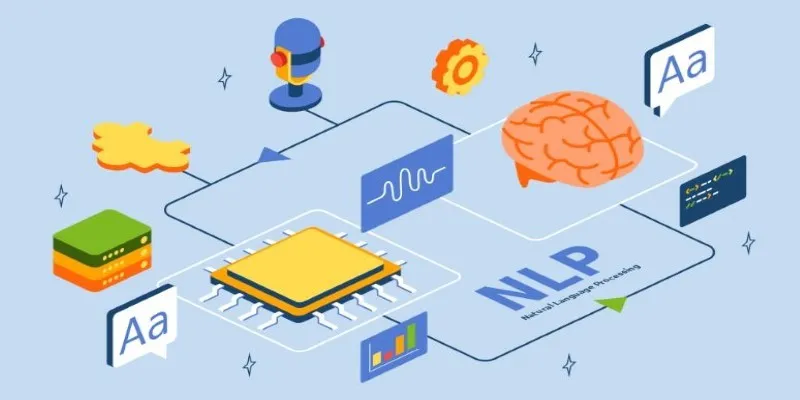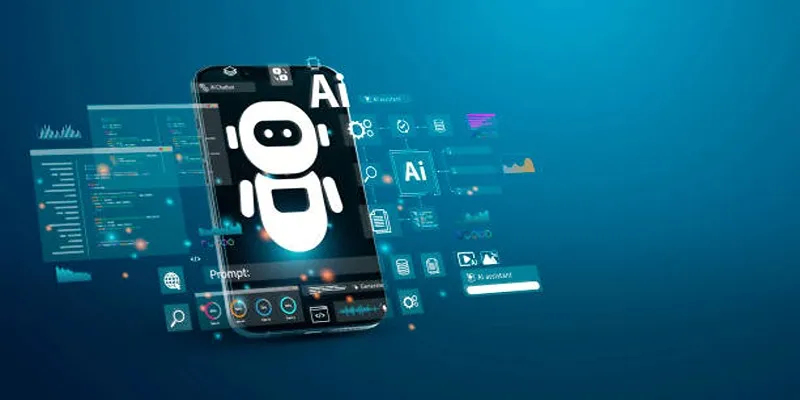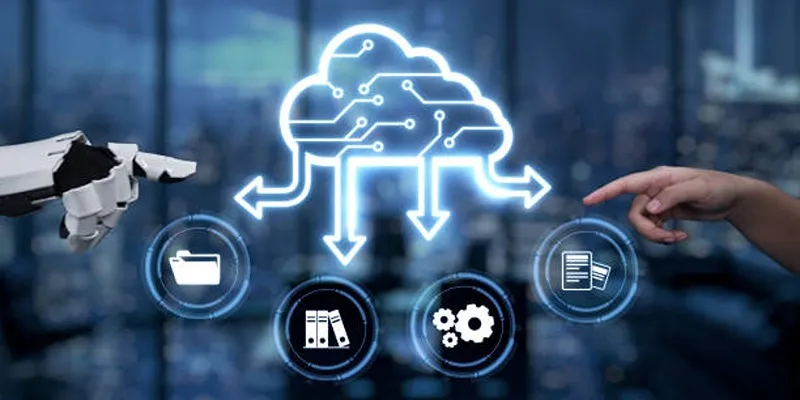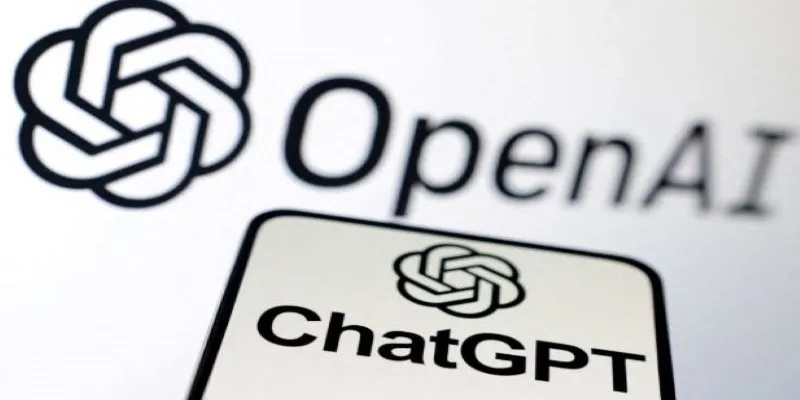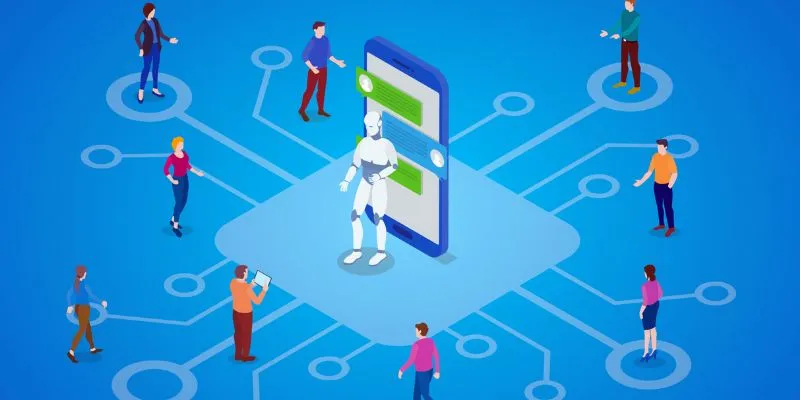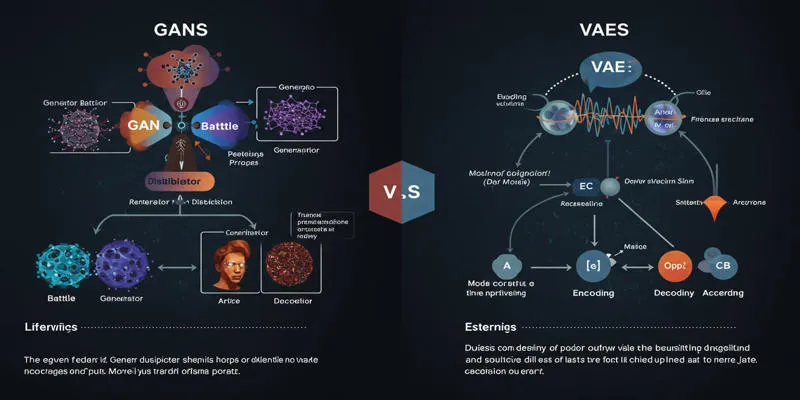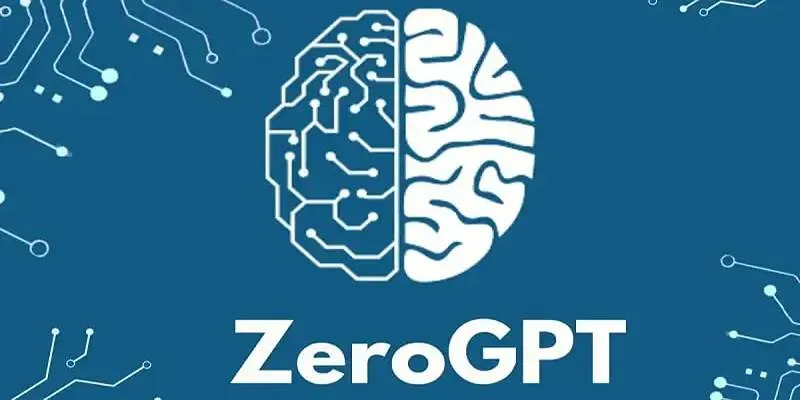If you’ve ever chatted with a virtual assistant or watched a video recommendation pop up that feels eerily spot-on, you’ve experienced two technologies that work together more often than people realize: Natural Language Processing (NLP) and Machine Learning (ML). They are often used in similar contexts, side by side, which makes it easy to assume they’re the same thing. But they aren’t. They have different goals, handle information differently, and support different parts of a system. So, without further ado, let’s explore the differences without getting lost in technical terms.
Understanding Machine Learning: Teaching Computers to Learn from Data
Machine Learning involves training a computer to recognize patterns in data. It’s not explicitly told what to look for; it learns by examining numerous examples. It’s akin to teaching a child how to recognize fruits. You don’t teach them a strict set of features to remember; you simply expose them to enough apples, oranges, and bananas until they can identify, “This is an apple,” even if it varies slightly in color or size from what they’ve seen before.
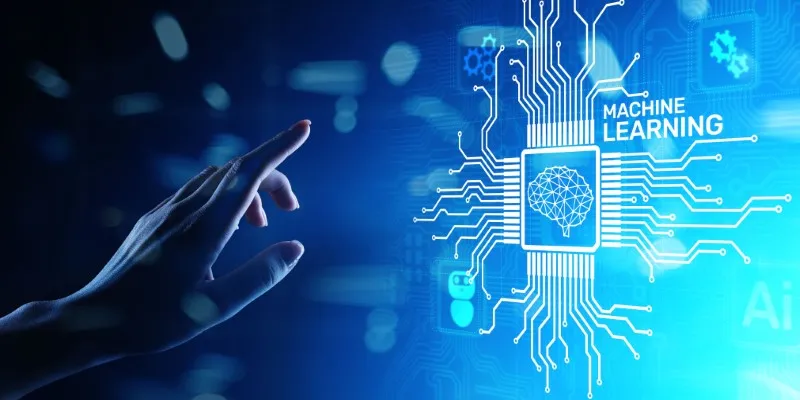
There are different types of machine learning, but three categories cover most of what’s out there:
Supervised learning: You feed the system both the input and the correct output. For example, pictures of cats labeled “cat.”
Unsupervised learning: You only provide the inputs and let the computer try to make sense of them on its own, like sorting news articles into groups based on similarity without predefined categories.
Reinforcement learning: The computer learns through trial and error, receiving rewards for making correct decisions, similar to how a dog learns tricks with treats.
At its core, machine learning isn’t limited to any specific type of data. It could be numbers, images, audio, or even text. That’s where NLP steps in.
Natural Language Processing: Helping Machines Make Sense of Human Language
Natural Language Processing focuses on one very specific kind of data: language. Human language is filled with slang, abbreviations, sarcasm, and complex grammar, making NLP a challenging yet fascinating field.
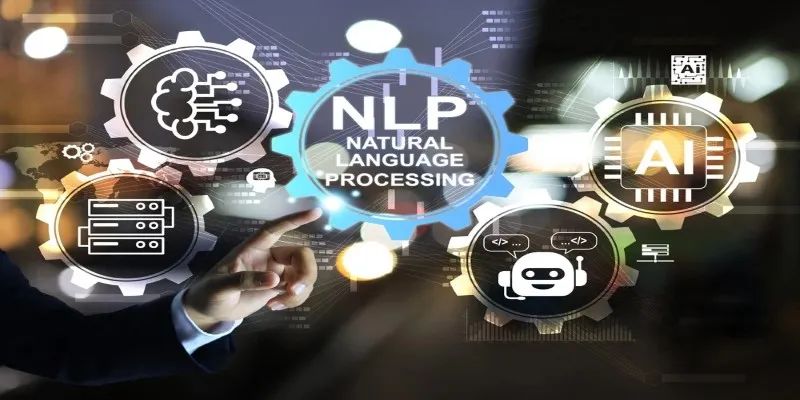
When you type a search query, send a message to customer service, or dictate a voice note, NLP works behind the scenes, helping the machine understand what you’re trying to convey. It breaks language into components the computer can process: words, sentences, context, and intent.
Here’s a quick breakdown of what NLP systems typically do:
- Tokenization: Splitting up text into individual words or sentences.
- Part-of-speech tagging: Determining whether a word is a noun, verb, adjective, etc.
- Named entity recognition: Extracting proper nouns like names, places, or brands.
- Sentiment analysis: Assessing whether a piece of text is positive, negative, or neutral.
- Machine translation: Converting one language into another.
- Text summarization: Condensing a paragraph into a sentence.
NLP heavily utilizes machine learning — many of today’s most accurate NLP systems are powered by ML models. However, NLP is not solely about learning; it’s about understanding language, including its rules and structure. Therefore, NLP can also leverage traditional grammar rules and dictionaries where applicable. Machine learning, on the other hand, doesn’t concern itself with grammar; it focuses on achieving the desired outcome based on predictions.
How the Two Work Together
Natural Language Processing and Machine Learning often collaborate, especially in systems that interact with humans. Consider a tool that reads customer feedback and determines whether the tone is positive or negative. NLP manages the initial step — breaking down sentences so the computer can comprehend the structure and meaning. Machine Learning then steps in, using past examples to recognize patterns in how people express satisfaction or frustration.
In this setup, NLP processes the raw text, and ML applies its learned patterns to make predictions or decisions. Sometimes, this order reverses — ML might first sort large amounts of text into groups, with NLP later helping to label or interpret them. Their roles differ, but they complement each other depending on the task.
Key Differences That Keep Them Apart
Let’s clarify some confusion by outlining how NLP and ML differ at a practical level:
Feature
|
Natural Language Processing
|
Machine Learning
—|—|—
Focus | Understanding and processing human language | Learning patterns from data
Data Type | Only works with text or speech | Works with any type of data
Main Goal | Translate human language into structured information | Make predictions or decisions based on data
Can Exist Without the Other? | Yes – simple NLP tasks don’t need ML | Yes – ML is used in areas beyond text
Examples | Spell check, voice-to-text, chatbot conversation flow | Spam detection, product recommendations, stock price prediction
When you’re building a product or working on a project that involves language, chances are you’ll need both. But it’s helpful to know which part of the process each one handles.
Conclusion
If you’re trying to understand the difference between Natural Language Processing and Machine Learning, the key is to look at what each is trying to achieve. NLP focuses on understanding language — how people speak, write, and express themselves. ML focuses on learning from data — whatever that data may be. They often work together, but they’re not interchangeable.
Knowing where one stops and the other begins makes it easier to understand how systems like chatbots, translation apps, or recommendation engines function. And when you can distinguish between them, it’s easier to build tools that work better, faster, and more accurately. Stay tuned for more insights!
 zfn9
zfn9




